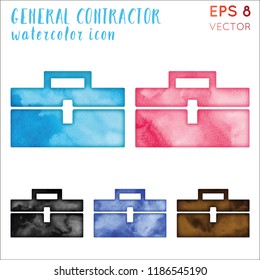What Role Do Suitable Colors Play In Improving Your Brand'S Attractiveness In Commercial Outside Painting? Check Out The Key Elements That Affect Your Choices
What Role Do Suitable Colors Play In Improving Your Brand'S Attractiveness In Commercial Outside Painting? Check Out The Key Elements That Affect Your Choices
Blog Article
Content Create By-Yu Helbo
When it concerns industrial exterior paint, the shades you select can make or break your brand name's allure. Comprehending just how various colors influence understanding is essential to bring in clients and developing count on. But it's not almost personal preference; neighborhood trends and regulations play a significant role too. So, exactly how do you discover the best equilibrium in between your vision and what reverberates with the community? Let's discover louisville painters that direct your color selections.
Understanding Color Psychology and Its Influence On Organization
When you select colors for your business's outside, understanding shade psychology can significantly influence how potential clients regard your brand name.
Colors evoke emotions and established the tone for your organization. For instance, blue often conveys depend on and professionalism, making it optimal for financial institutions. Red can create a feeling of seriousness, best for restaurants and inventory-clearance sale.
At the same time, eco-friendly represents development and sustainability, appealing to eco-conscious consumers. Yellow grabs interest and stimulates optimism, but excessive can overwhelm.
Consider your target market and the message you intend to send. By selecting the appropriate shades, you not only improve your curb charm however likewise align your picture with your brand name worths, ultimately driving consumer interaction and commitment.
Analyzing Local Trends and Rules
Exactly how can you guarantee your external painting choices reverberate with the neighborhood? Begin by looking into neighborhood fads. Check out neighboring services and observe their color design.
Take note of what's prominent and what feels out of place. This'll help you straighten your selections with neighborhood visual appeals.
Next, inspect regional regulations. Lots of towns have guidelines on exterior shades, particularly in historic areas. You do not intend to hang around and cash on a combination that isn't certified.
Engage with regional local business owner or area groups to gather understandings. They can give beneficial feedback on what shades are favored.
Tips for Harmonizing With the Surrounding Setting
To produce a cohesive look that mixes effortlessly with your environments, think about the native environment and building styles close by. Begin by observing the colors of close-by structures and landscapes. Natural tones like greens, browns, and muted grays commonly work well in natural setups.
If your building is near vivid urban areas, you might select bolder shades that show the local power.
Next, think about the architectural style of your building. Typical styles may gain from classic colors, while modern layouts can embrace contemporary schemes.
Check your color choices with examples on the wall surface to see just how they engage with the light and environment.
Ultimately, remember any kind of neighborhood standards or area aesthetics to ensure your selection boosts, rather than clashes with, the surroundings.
Final thought
To conclude, choosing the right colors for your commercial outside isn't just about aesthetics; it's a calculated choice that influences your brand's perception. By taking advantage of shade psychology, thinking about neighborhood fads, and making sure consistency with your surroundings, you'll create an inviting environment that attracts consumers. Don't neglect to evaluate samples prior to committing! With linked web-site , you can boost your organization's curb appeal and foster lasting consumer interaction and commitment.
